Traveling internationally can often be an exciting yet daunting experience, especially when it involves navigating a major airport in a new city. Denver International Airport (DIA), known for its iconic tented roof and sprawling layout, is no exception. As someone who has traveled extensively and experienced a wide variety of airports, I can say that Denver International Airport is one of the more unique and well-organized airports in the United States. However, like any large airport, it can be a bit overwhelming for first-time visitors, particularly those arriving on international flights.
Touchdown in Denver: What to Expect Upon Arrival
My journey to Denver began with a long-haul flight from Europe, and as we approached Denver International Airport, the view from the window was nothing short of spectacular. The sight of the Rocky Mountains in the distance was a reminder that I was about to land in a city surrounded by natural beauty. As we descended, the iconic white peaks of DIA’s tented roof came into view, and I couldn’t help but feel a sense of excitement for the adventure that awaited.
Upon landing, I was impressed by the efficiency with which the plane was taxied to the gate. Despite the airport’s size—DIA is one of the largest airports in the world by land area—the process was seamless. As the plane door opened and I stepped into the jet bridge, I was immediately struck by the clean, modern design of the airport. The terminals are spacious, well-lit, and clearly marked, making it easy to find your way around.
Disembarking and Navigating the Terminal
Once off the plane, the first task is to follow the signs for international arrivals. Denver International Airport is well-signposted, with clear directions in multiple languages. The walk from the gate to the customs area can be a bit long, so if you have mobility issues or heavy carry-on luggage, you might want to request assistance in advance.
One of the first things you’ll notice is the unique architecture of the airport. The terminal’s tent-like roof was designed to resemble the Rocky Mountains, and it’s an impressive sight, even from the inside. As you make your way through the terminal, you’ll also notice various art installations, which add a touch of local culture to the experience. Keep an eye out for the famous “Blue Mustang” sculpture, which can be seen from various vantage points in the airport.
Reaching the Immigration Area: Preparing Your Documents
The next step in the process is clearing immigration. This is where your patience might be tested, as lines can be long, especially during peak travel times. However, my experience was quite positive. The immigration area is large, with numerous counters, and the line moved steadily. I found the airport staff to be friendly and efficient, which helped ease any anxiety I had about the process.
To ensure a smooth experience at immigration, make sure you have all your documents ready before you reach the counter. This includes your passport, visa (if required), and any other necessary documentation, such as your travel itinerary or proof of accommodation. For U.S. citizens and certain international travelers, there are automated kiosks available that can expedite the process. These kiosks allow you to scan your passport, answer a few questions on the screen, and receive a receipt that you present to the immigration officer.
I used one of these kiosks, and the process was quick and easy. After completing the kiosk process, I proceeded to an immigration officer for a brief interview. The officer asked me standard questions about my trip, such as the purpose of my visit, the length of my stay, and where I would be staying in Denver. After a few minutes, I was stamped through and on my way to the next step: baggage claim.
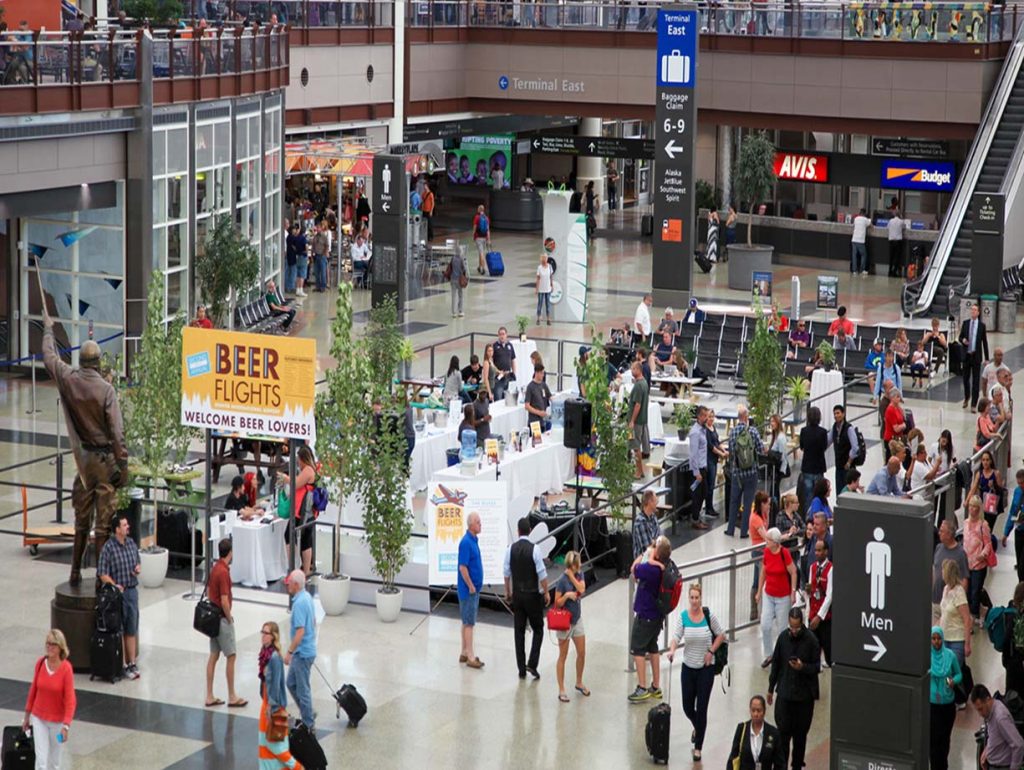
Baggage Claim: Collecting Your Luggage
Denver International Airport’s baggage claim area is located just past the immigration counters. It’s a large, open space with multiple carousels, each clearly marked with flight numbers and originating cities. The signage is excellent, and there are plenty of screens displaying the status of your luggage, so you won’t have any trouble finding the correct carousel.
One thing that stood out to me was the efficiency of the baggage handling at DIA. By the time I reached the carousel, my luggage was already on its way. It’s always a relief to see your bags appear on the belt, especially after a long flight. As I waited for my second bag, I noticed that the airport offers baggage carts for a small fee, which can be a lifesaver if you have multiple or heavy bags.
For those who might encounter any issues with their luggage—such as missing or damaged items—the airport has a well-staffed baggage service office nearby. Fortunately, I didn’t need to use it, but it’s good to know that help is readily available if needed.
Customs and Border Protection: Clearing the Final Hurdle
With my luggage in hand, it was time to clear customs. The customs area is just beyond the baggage claim, and like the rest of the airport, it’s well-organized and efficient. Depending on the time of day and the number of international flights arriving simultaneously, the lines here can vary, but I found the process to be relatively quick.
At this point, you’ll need to hand over your customs declaration form, which you should have filled out during your flight. If you used the automated kiosks earlier, you might have received an electronic declaration that you can show on your phone. The customs officers were thorough but polite, and after a few routine questions about my luggage and the items I was bringing into the country, I was waved through.
One aspect of DIA that I appreciated was the clear communication throughout the process. There were plenty of signs and announcements guiding travelers through each step, and the airport staff were always available to answer questions or provide directions. This made the entire customs experience much less stressful than it could have been.
Exiting the Terminal: Finding Your Ground Transportation
Once you’ve cleared customs, you’ll exit into the main arrivals hall. This is where the real adventure begins—getting from the airport to your final destination in Denver. Fortunately, DIA offers a wide range of transportation options to suit every traveler’s needs.
As I stepped out into the arrivals area, I was greeted by a bustling scene of travelers, families reuniting, and chauffeurs holding signs with names. There are several ground transportation options available at DIA, including taxis, ride-sharing services like Uber and Lyft, airport shuttles, and public transportation. The airport is well-connected to downtown Denver and other parts of the city, so you have plenty of choices depending on your budget and destination.
Ride-Sharing Services
One of the most convenient ways to get from the airport to your hotel or Airbnb is by using a ride-sharing service. Uber and Lyft both operate at DIA, and the designated pick-up area is easy to find. After collecting my bags, I opened the Uber app and requested a ride. The app directed me to the specific location where my driver would meet me, which was clearly marked and easy to locate.
The ride to downtown Denver took about 30 minutes, and I appreciated the comfort and convenience of being able to relax after a long flight. The cost was reasonable, and I would highly recommend this option for solo travelers or small groups.
Airport Shuttles
For those traveling with larger groups or seeking a more budget-friendly option, airport shuttles are available. These shuttles operate on a shared-ride basis and can take you to various destinations throughout the Denver area. I’ve used these services on previous trips, and while they can take a bit longer due to multiple stops, they are a cost-effective way to get into the city.
Public Transportation
Denver’s public transportation system, operated by the Regional Transportation District (RTD), offers a convenient and affordable way to travel from the airport to downtown. The A Line commuter train runs from the airport to Union Station in downtown Denver, with stops along the way. The train is modern, clean, and reliable, making it a great option for budget-conscious travelers or those staying near one of the train stops.
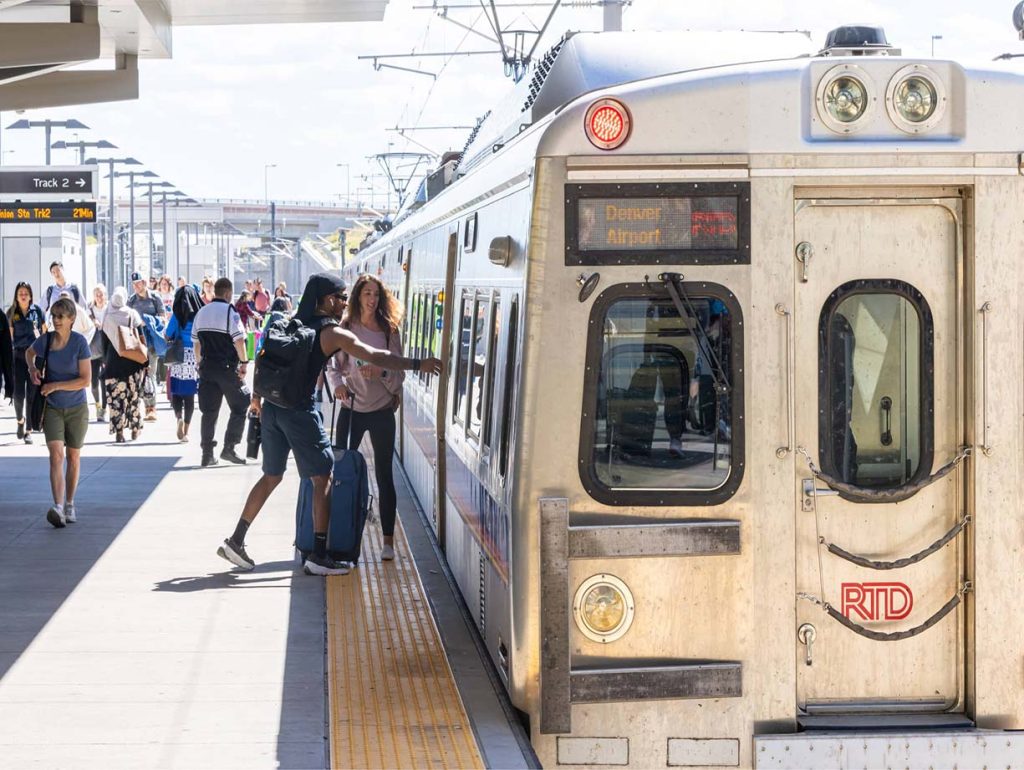
I’ve taken the A Line on previous visits, and it’s a fantastic way to see a bit of the city as you travel to your destination. The train runs every 15 minutes during peak hours and every 30 minutes during off-peak times. Tickets can be purchased at the station, and the journey to Union Station takes about 37 minutes.
Rental Cars
If you prefer the flexibility of having your own vehicle, DIA has several rental car companies located on-site. The rental car counters are accessible via a free shuttle that departs from the main terminal. I’ve rented a car on past trips to Denver, and while it’s a great option if you plan to explore the surrounding areas, it’s worth noting that parking in downtown Denver can be expensive and challenging.
Final Tips for a Smooth Arrival in Denver
Having navigated DIA multiple times, I’ve picked up a few tips that can help make your arrival in Denver even smoother:
- Stay Hydrated: Denver’s altitude is no joke, and the dry air can be dehydrating. Make sure to drink plenty of water during your flight and after you land.
- Allow Extra Time: DIA is a large airport, and depending on your gate and the time of day, it can take a while to get through immigration, customs, and baggage claim. If you have a connecting flight, make sure to allow plenty of time between flights.
- Use Mobile Apps: Many of the services at DIA, including ride-sharing and rental cars, can be accessed through mobile apps. Download these apps before you travel to make the process quicker and easier.
- Take Advantage of Airport Amenities: DIA has plenty of amenities to make your arrival more comfortable, including free Wi-Fi, charging stations, and a variety of dining and shopping options. If you have a layover, take some time to explore the airport and enjoy these conveniences.
- Plan Your Ground Transportation in Advance: Whether you’re taking a taxi, ride-sharing service, or public transportation, it’s a good idea to have a plan in place before you arrive. This will save you time and reduce stress after a long flight.
In conclusion, arriving at Denver International Airport can be a seamless and even enjoyable experience if you know what to expect. From the moment you land to the point where you clear customs and find your transportation, DIA is designed to make your journey as smooth as possible. With its efficient processes, clear signage, and friendly staff, DIA is one of the better airports I’ve navigated, and I’m confident you’ll find your arrival in Denver to be a positive start to your visit. Safe travels!
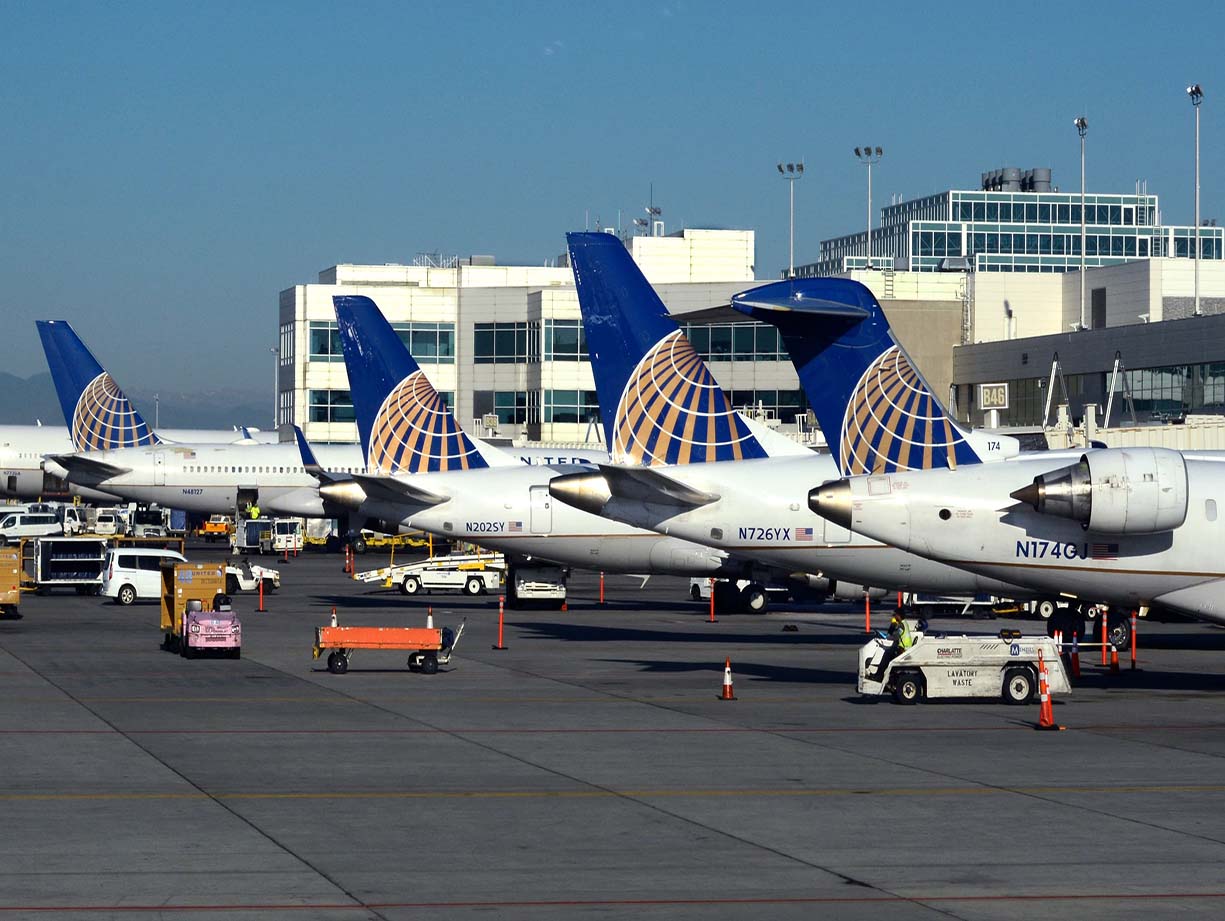
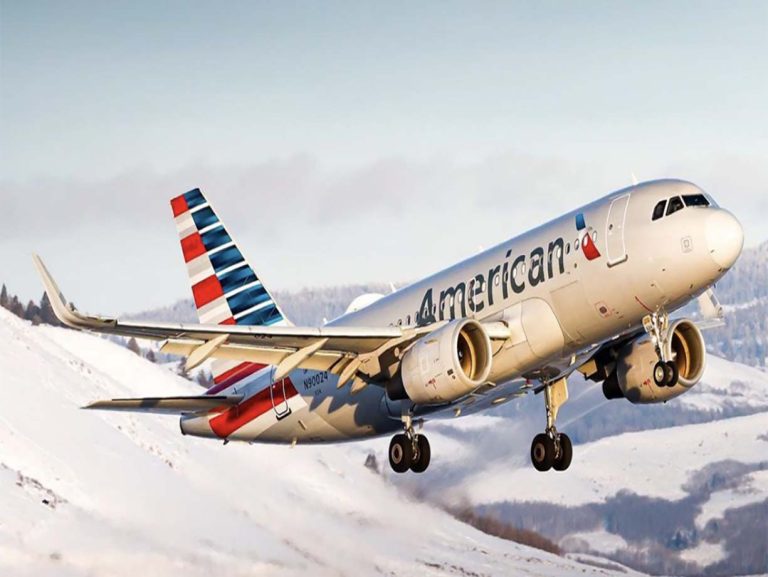
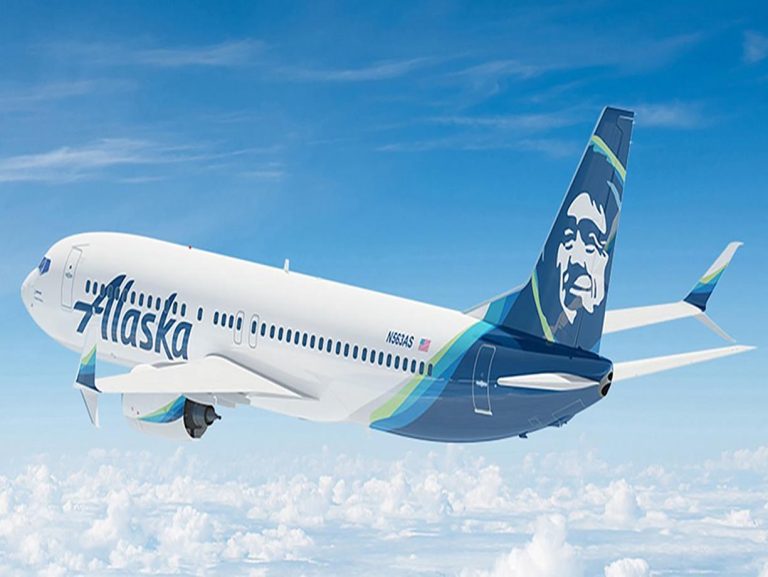
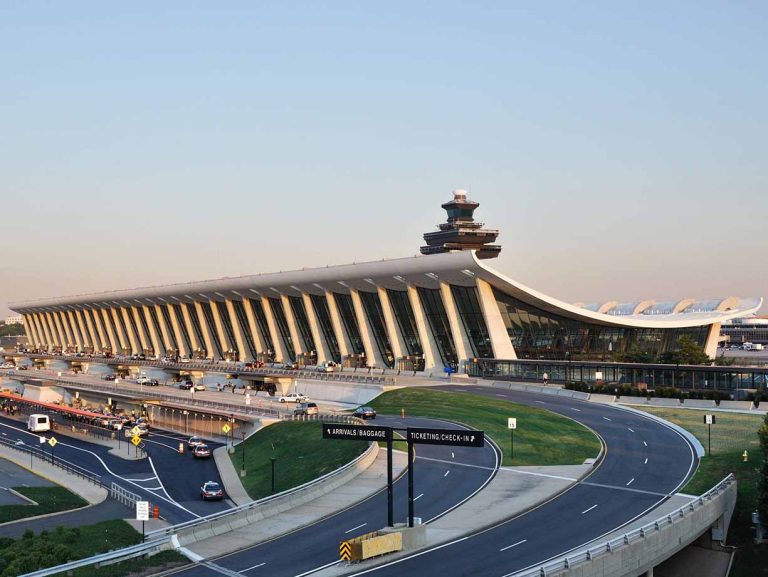




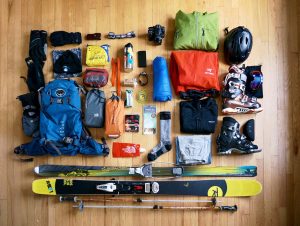



+ There are no comments
Add yours